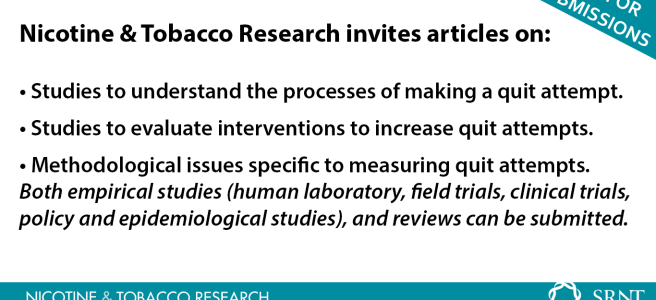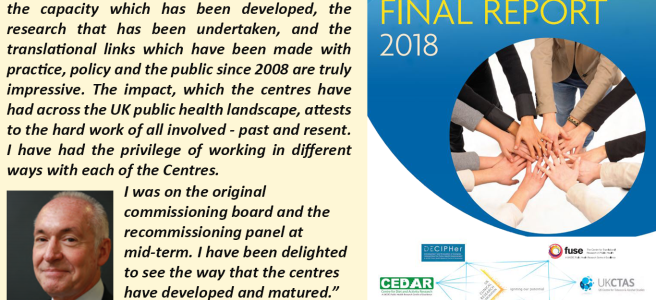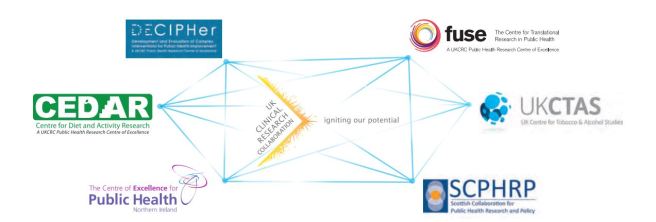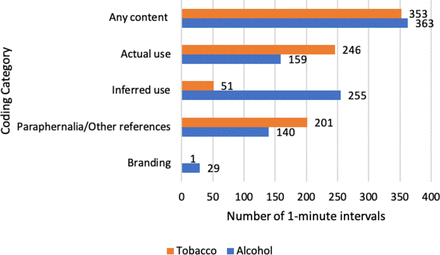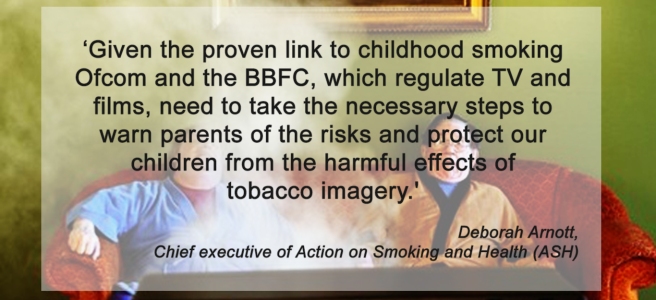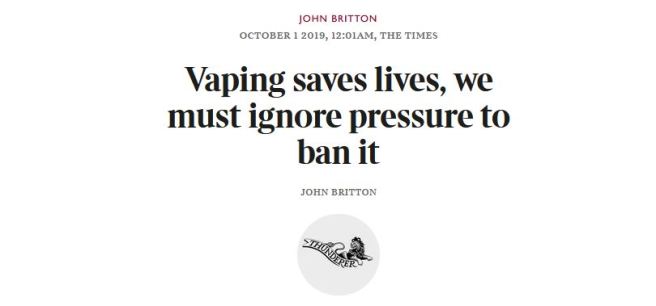 Smoking is the UK’s biggest avoidable killer. The best thing a smoker can do for their health is to quit, saving up to a day of life for every four smoke-free days. Eradicating smoking would also be good for society, reducing pressure on the NHS, relieving poverty and increasing productivity.
Smoking is the UK’s biggest avoidable killer. The best thing a smoker can do for their health is to quit, saving up to a day of life for every four smoke-free days. Eradicating smoking would also be good for society, reducing pressure on the NHS, relieving poverty and increasing productivity.
Smokers are driven by an addiction to nicotine but it is the many other components of tobacco smoke that disable and kill. So the emergence of e-cigarettes, which allow smokers to inhale nicotine without smoke and hence at much-reduced risk, has been a game-changer. E-cigarettes are not safe, they are just much less harmful than smoking. A non-smoker who takes up vaping will harm their health but the smoker who switches to vaping gains massively. Health authorities have seized this opportunity by promoting vaping with great success, as smoking rates decline rapidly. Concerns that vaping might lead young people to start smoking in large numbers have proved unfounded.
So what should we make of the recent outbreak of lung disease, which includes some fatalities, among vapers in the US? The disease, lipid pneumonia, is caused by inhaling oil and it appears that the oil responsible is not a component of regular nicotine vape solutions, but cannabis oil. The US epidemic is happening primarily among people who use e-cigarettes to vape cannabis. Britain has not, despite recent press reports, been hit by a similar epidemic: among a vaping population that stands at 3.6 million there are only two known cases of lipid pneumonia.
The US outbreak has triggered radical proposals, including banning vape flavours and outlawing vaping altogether. Banning flavours appeals to those concerned at a rapid increase in vaping among young Americans that has not occurred in this country, probably because advertising and promotion are much more tightly controlled here.
A ban on flavours would make vaping much less tolerable; nicotine vapour causes irritation and can be difficult to inhale. Banning vaping altogether is irrational since it would push millions of ex-smokers back into using tobacco. It is essential to remain vigilant in detecting and preventing adverse effects from vaping but also to keep sight of the benefits. Smoking kills. Vaping saves lives.
Read original article in The Times here.

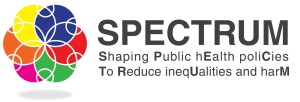
 refine new, practical and cost-effective approaches to preventing non-communicable diseases at scale, which will in turn help to reduce health inequalities across the UK. The initiative is supported by twelve funders from UK Research and Innovation research councils, charities and government. In its first round of funding, four Consortia and four network grants have been awarded.
refine new, practical and cost-effective approaches to preventing non-communicable diseases at scale, which will in turn help to reduce health inequalities across the UK. The initiative is supported by twelve funders from UK Research and Innovation research councils, charities and government. In its first round of funding, four Consortia and four network grants have been awarded.

